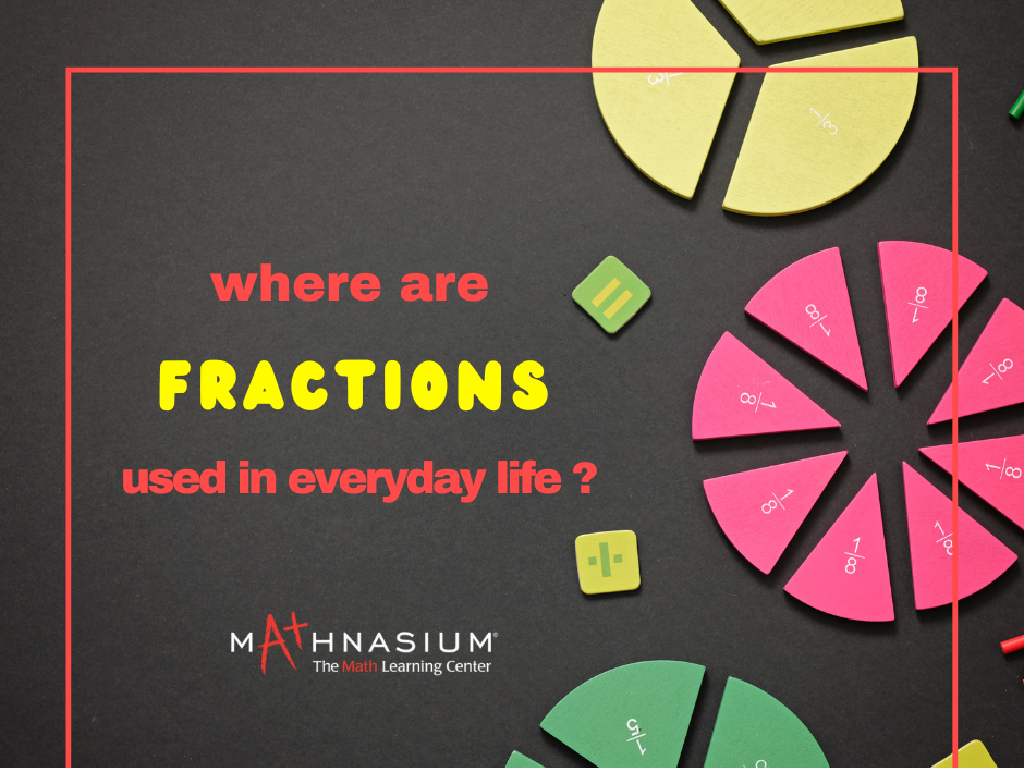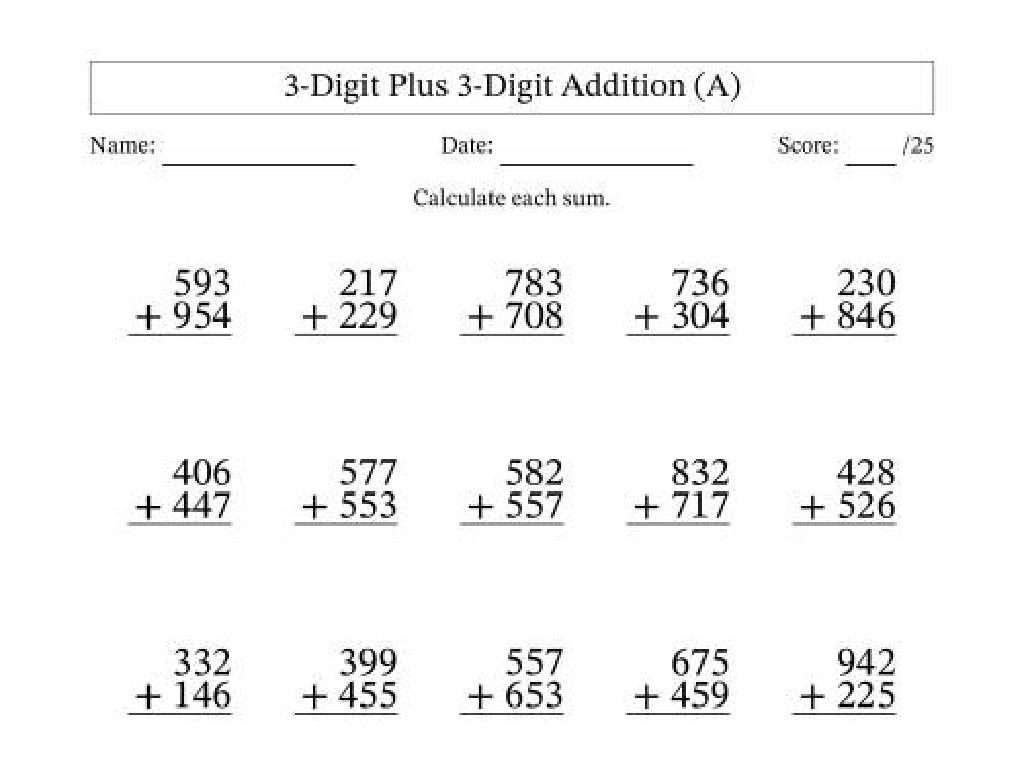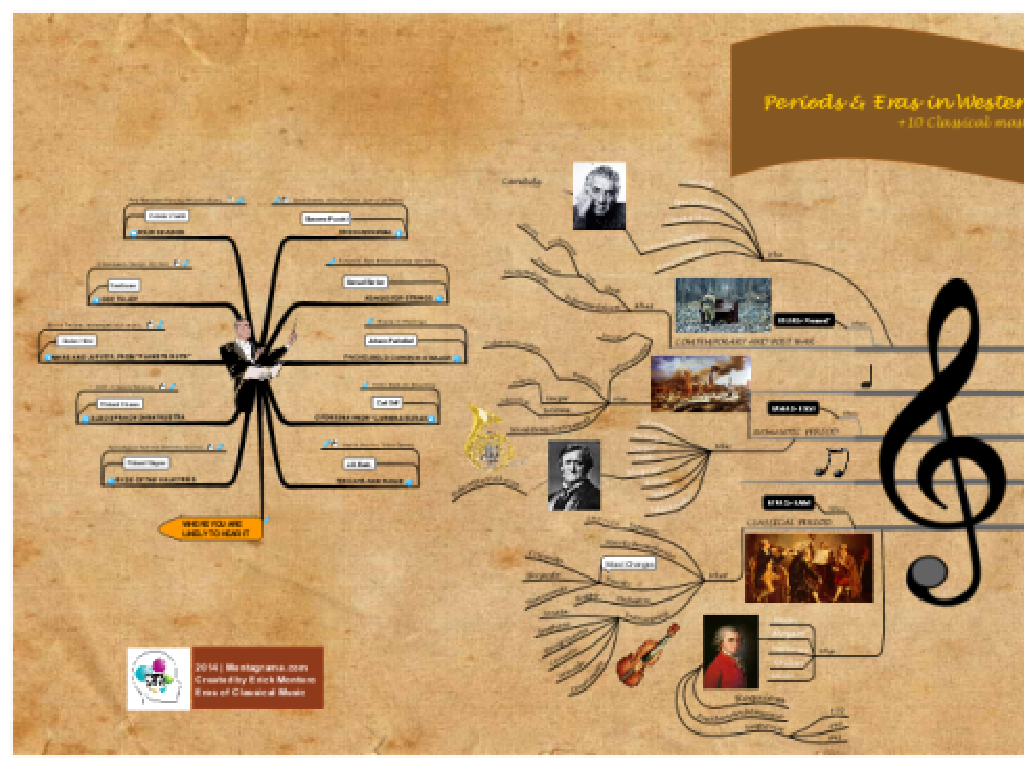Addition Sentences: Which Is True?
Subject: Math
Grade: First grade
Topic: True Or False Equations
Summary: This first grade math presentation helps students master true and false addition equations through engaging activities. Young learners discover how to verify addition sentences, identify correct sums, and become "addition detectives" using hands-on tools like blocks and real-life examples. Interactive practice empowers students to check their work, distinguish true addition facts, and build confidence in basic math skills-all supporting foundational understanding in early math education.
Please LOG IN to download the presentation. Access is available to registered users only.
View More Content
Becoming Addition Detectives!
– Learn about addition today
– True vs False Equations
– Equations can be true (correct) or false (incorrect)
– Spot the real addition sentences
– Use clues to find which addition sentences are true
– Practice makes perfect detectives
|
This slide introduces first graders to the concept of addition and sets the stage for understanding true or false equations. Start by explaining that addition is a way of putting things together to find out how many there are in total. Then, introduce the idea that some addition sentences can be true (they show the right total) or false (they show the wrong total). Encourage the students to become ‘addition detectives’ by looking for clues in the numbers to decide if an equation is true or false. Provide plenty of examples and practice opportunities to help them feel confident in identifying correct addition sentences. Remember to keep the language simple and the pace slow to ensure understanding.
Understanding Addition
– Addition means combining things
– We add to find total amounts
– Example: 1 apple + 1 apple
= 2 apples shows adding gives a total
– Addition sentences can be true or false
Is 1+1=3 true or false? It’s false because 1+1=2
|
This slide introduces the concept of addition to first graders by explaining it as a way of combining things to find out the total. Use tangible examples like apples to illustrate addition in a relatable context. Emphasize that addition sentences, like any other sentence, can be true or false, and it’s important to check the work to make sure the total is correct. Encourage students to use objects like counters or their fingers to practice adding and to verify the truth of addition sentences. This foundational understanding will help them as they begin to explore more complex mathematical concepts.
True or False Equations
– Equations can be true or false
– ‘True’ means the equation is correct
– For example, 2 + 3 = 5 is true
– ‘False’ means the equation is not correct
– For example, 4 + 2 = 7 is false
– Let’s find out which are true!
– We’ll practice with examples together
|
This slide introduces the concept of true or false equations to first graders. Begin by explaining that equations are like math sentences that can be right (true) or wrong (false). Use simple addition examples to illustrate the point. For instance, show that 2 + 3 equals 5, which is true, and then show an incorrect equation like 4 + 2 equals 7, which is false. Encourage the students to participate by asking them if the equation is true or false and why. Plan a few interactive activities where students can practice identifying true or false equations, such as thumbs up for true and thumbs down for false, or holding up cards with ‘true’ or ‘false’ written on them.
True or False: Addition Sentences
– What is an addition sentence?
– It includes numbers, a plus sign, and an equal sign.
– Example of a true addition sentence
– For instance, 2 + 3 = 5 is true because when we add 2 and 3, we get 5.
– Finding true addition sentences
– We will practice checking if addition sentences are correct.
|
This slide introduces first graders to the concept of addition sentences and how to verify their truthfulness. Start by explaining the components of an addition sentence: numbers, a plus sign, and an equal sign. Use simple examples to illustrate a true addition sentence, such as 2 + 3 = 5. Emphasize that the sum of the numbers on the left side of the equal sign should match the number on the right side for the sentence to be true. Encourage students to use their fingers or counters to add numbers together and check the sentences. Plan a class activity where students can create their own addition sentences and swap with classmates to determine if they are true or false, fostering peer learning and reinforcing the concept.
Finding True Addition Sentences
– Use objects to verify addition
– Add with blocks
– Count blocks to add numbers like 2 blocks + 3 blocks
– Match blocks to the sum
– If 5 blocks total, then 2 + 3 = 5 is true
– True sentences have equal blocks and sum
|
This slide is aimed at helping first graders understand the concept of true addition sentences using a hands-on approach with blocks. By physically manipulating blocks to represent addition, students can visually verify if the addition sentence matches the sum. For example, if a student has 2 blocks and adds 3 more, they should have a total of 5 blocks. If the addition sentence says 2 + 3 = 5, and they have 5 blocks, then the sentence is true. Encourage students to use this method with different numbers of blocks to practice and reinforce their understanding of addition and equality. Prepare to have enough blocks for the class and plan for a variety of addition sentences for the students to test.
Practice Time: True or False Equations
– Is 2 + 3 equal to 5?
– Yes, 2 plus 3 is indeed 5.
– Does 4 + 1 make 6?
– No, 4 plus 1 is not 6, it’s 5.
– Working together to discover!
– Understanding addition sentences
– Learning to verify if an equation is correct
|
This slide is designed for an interactive class activity where students will practice identifying whether addition sentences are true or false. Start by asking the class about the first equation, 2 + 3 = 5, and guide them to the correct answer by counting together. For the second equation, 4 + 1 = 6, help them understand why it is false by using counters or fingers to add together. Encourage the students to explain their reasoning for each answer. This activity will help reinforce their understanding of basic addition and the concept of equality. Make sure to praise their efforts and correct answers to build confidence.
Class Activity: Addition Detectives
– Become addition detectives
– Find true addition sentences
– Look for equations that are correct
– Use counting blocks for clues
– Counting blocks can help you see the answer
– Solve the addition mysteries
|
In this engaging class activity, students will put on their detective hats to investigate and find the true addition sentences from their worksheets. Provide each student with a set of counting blocks to use as a physical aid in solving the equations. Encourage them to verify each sentence by adding the blocks together to see if they match the total in the equation. This hands-on approach helps solidify the concept of addition and allows students to visually and tangibly understand the process. Possible activities include: pairing students to solve together, creating a detective-themed worksheet with a variety of equations, using different colored blocks for different addends, and rewarding ‘super detectives’ who can explain how they solved the equations.
Super Sleuths of Addition!
– Congratulations, math detectives!
– Finding true addition facts
– True addition sentences give correct sums
– Practice leads to perfection
– The more we practice, the better we get
– Keep exploring numbers!
– Try new sums at home or with friends
|
This slide is meant to wrap up the lesson on identifying true addition sentences. Praise the students for their hard work and remind them of the importance of practice in mastering addition. Reinforce the concept that true addition sentences are those that have the correct sum. Encourage them to continue practicing at home or with friends to become even better at finding true addition sentences. You can suggest that parents help their children by creating simple addition problems for them to solve, or by incorporating addition into everyday activities, such as counting toys, fruits, or other objects.





